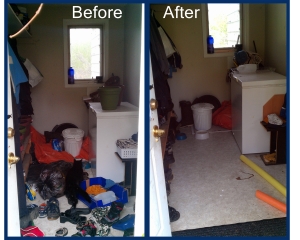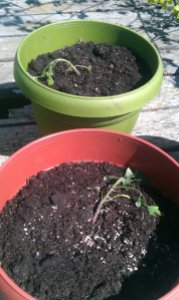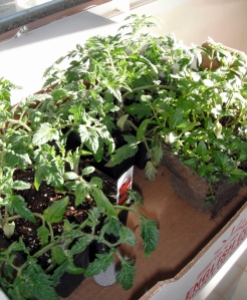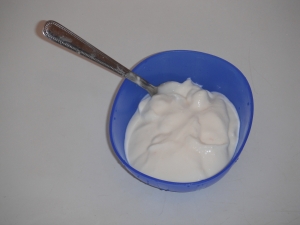I am scatterbrained. I am one if those people that will run out to the car and back to the house 3 times because I forget things like keys, diaper bag, and once even the baby. True story! Don’t worry, I realized I didn’t have him before I actually reached the car and, in all fairness, he was only a couple months old so I was still new to the mothering thing.
I can also be a perfectionist. This is a very bad combination. I am not one of those people that is a natural born housekeeper. Though I crave organization, I find it very difficult to achieve.
I used to be organized. When I was a child, I made my bed every morning and placed all my stuffed animals in their proper spots on my bed. When it was bedtime, I placed those same stuffed animals on the floor surrounding my bed to they could “guard” as I slept (I have no idea why I thought I needed their protection through the night). I was up at 6am so I could do my homework in peace, tidy my room, and have a really great (and long) shower. Life was great when all I had to do was organize my stuffies.
My whole adult life has been much more chaotic. It didn’t help that when I moved out of my parents’ house and became a home manager and wife all in the same breath. I had done my chores growing up but I really had no idea how to run a household.
Insert several years of floundering with household management (everything except the financial end anyway, I have always been good with budgeting).
Insert baby #1 and becoming a SAHM. Soon my son began to crawl and keeping my floors clean became my number one priority. Then he began to eat solids and cooking became a necessity. I started scraping by. Eventually I became pregnant again and realized that as excited as I was about it, I had no idea how I was going to add another child into my wonderful life and crazy household.
I read somewhere that if you have
less stuff then you have less stuff to take care of. So we dejunked. It was a little bit easier (I didn’t have to show people a “junk room” when I gave them the grand tour) but housekeeping was still tough. Correction, it
is still tough. I used to feel embarassed about my home and did the “mad woman cleaning blitz” anytime a friend came over. I also tried to avoid inviting people over to my house as often as possible and would go to their house to visit instead (some of my friends are nodding their heads while they read this, realizing they have never, or rarely, seen my home). About a year ago, I realized this was silly.
My mom told me this (true) story one time: Mom had three little kids (a total of less than 3.5 years between the oldest and youngest) and had just moved. There was something about kitchen renovations going on as well. Her friend called her and let my mom know that she was on her way to visit. As much as mom looked forward to seeing this friend, she looked around her kitchen with horror. This friend was a little bit of a neat freak. To the point that she was bordering on OCD. Mom panicked. She hadn’t fully moved in yet so several cupboards were still empty. So all the dirty pots, pans, and dishes got stuffed in the cupboards and she closed the doors. A quick wipe of the counter and the kitchen looked spotless. Mom was feeling pretty good about the whole thing.
In walks her friend.
Keep in mind that this was a new (to us) home. This friend is OCD about dirt and dust. This friend is also kind of a snooper. So she started opening the kitchen cupboards. One by one she opened, looked inside, and shut the door. Mom held her breath and tried to think of a way to distract her friend. Her friend opened the cupboards with the dirty dishes, looked, didn’t say a word, and closed them again.
Moral of the story: If this particular friend of my mom (and believe me when I say her own house is immaculate and pretty much always has been) didn’t say anything about the dirty dishes in the cupboard, chances are none of your friends are going to say anything about the dust on your TV or the sand on your floors of the dishes in your sink. Because trust me when I say we all have it. Even my most organized friends have dirt on their floors.
The bad news: My home is not perfect and never will be. The good news: I’m getting better. I am slowly building a system that works for me. A system that helps me track what I need to do on a regular basis but gives me enough flexibility for when life hiccups and my schedule is no longer my own. I can’t begin to describe the freedom that I have knowing that I don’t have to clean the bathroom today because it is on the docket for Monday. And isn’t that what having a clean home is really about, freedom? Mental, physical and even spiritual freedom?
So tell me, are you naturally organized or do your flounder and scrape by? Or better yet, have you found a system that works for you and your family?














